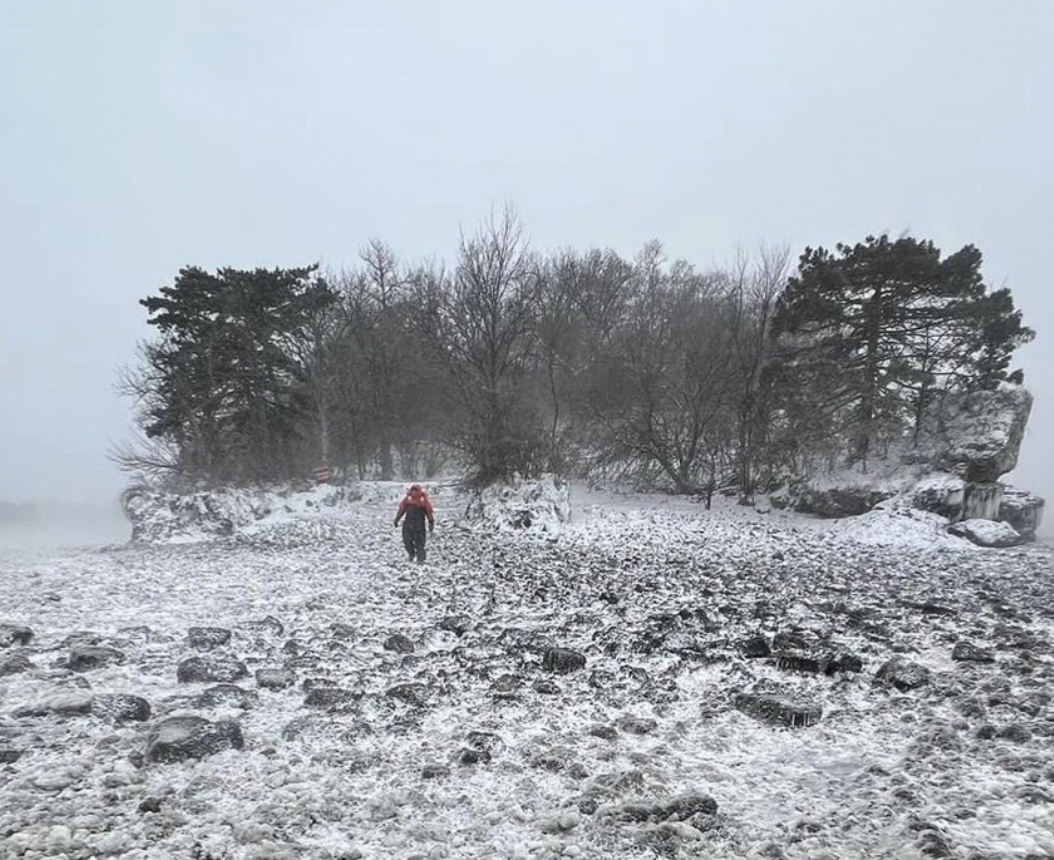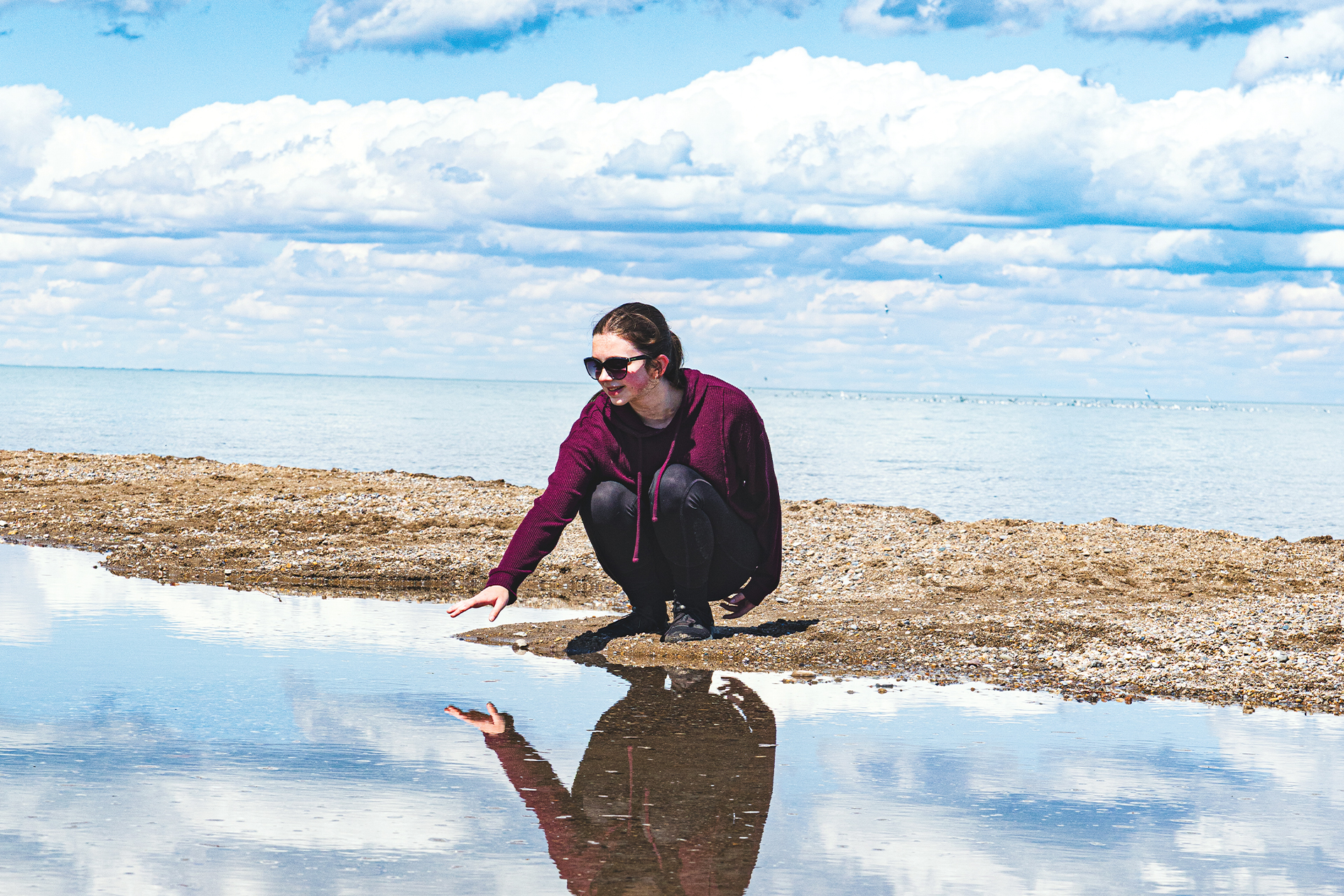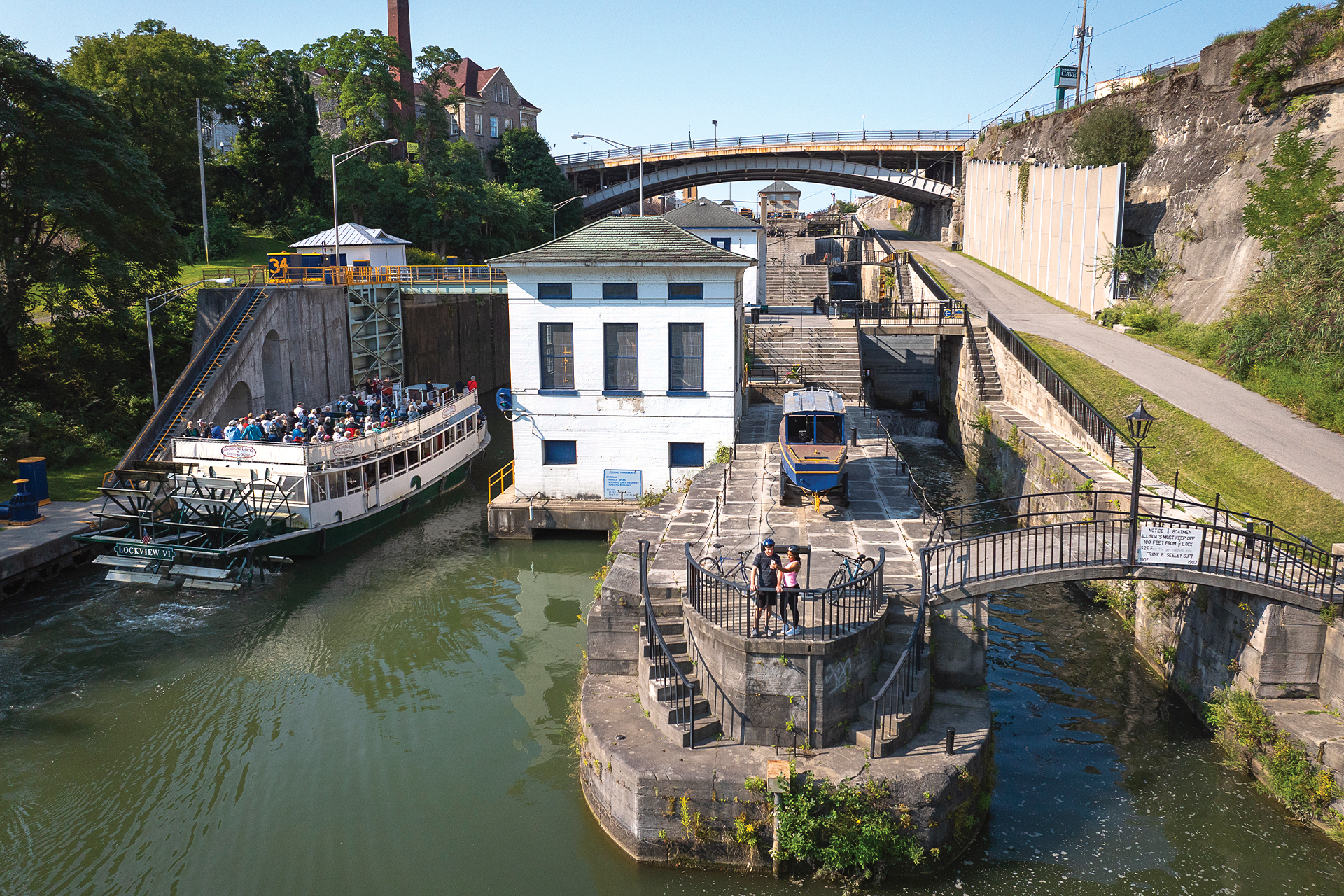Lake Erie Seiche Explained
The recent photos showing us the floor of Lake Erie left many of us confused. Turned out, it was a seiche — and here's exactly what that means.

It wasn’t the biggest “standing wave” that ever rolled across Lake Erie from Toledo to Buffalo. But the recent seiche that was born from strong winds and rapid changes in atmospheric pressure was powerful enough to land about seventh on the list of all-time recorded events of its kind on the lake.
“One restaurant in Buffalo on the lake was just frozen with sea spray. One side of the building was just caked with ice. I feel awful for the restaurant owners because there will absolutely be damage,” says David Wright, a researcher with the National Oceanic and Atmospheric Administration, Great Lakes Environmental Research Laboratory in Ann Arbor, Michigan. “It gives you a context for what a seiche can do.”
A seiche is large, standing wave oscillating in a body of water. Seiches can occur on almost any enclosed body of water, including lakes, bays or harbors. They are not uncommon to Lake Erie. Seiche events occur about every one or two years on Lake Erie, according to New York’s Sea Grant Extension Program.
But the one that formed Friday, Dec. 23, and lasted until Christmas morning measured 10.4 feet tall at its crest. It hung around “24 to 48 hours from its high point to down to where the water levels normally are at this point,” according to Wright. (Usually a seiche will last “a couple of hours,” he says.)
In addition, extreme low water levels were observed in the western part of Lake Erie as the seiche pushed the water to points west. The water level difference was thought to be 20 feet from west to east.
“This one had major impact and we are still assessing the damage,” says Wright. “I haven’t seen too many reports of flooding, but I think people were staying away from the lake because of the wind chill and other factors.”
Historically, a 22-foot seiche that occurred on Lake Erie in 1844 and which killed 78 people is the tallest recorded. Other impressive seiches occurred in 1965 and 2008.
“This past one lasted a little longer because the wind was strong and coming from the southwest — the perfect wind direction for it to set up on Lake Erie,” says Wright.
Wind gusts were reported between 50 and 60 miles per hour.

Some seiches can lower water levels to expose a lake bottom. But more common is just a moderate lowering of lake water, often not readily apparent to an untrained eye.
“Ships going into Toledo have to be conscious of a foot or more drop in lake levels, but we don’t have too many situations where the lake bottom is exposed because of a seiche,” says Lorne Thomas, chief of external affairs, 9th District, U.S. Coast Guard Station — Cleveland Harbor. “If it does happen, people tend to view it as something similar to the tide going out into the ocean. We wouldn’t encourage anyone to go exploring during this situation. The water will be coming back.”
Wright agrees, encouraging curiosity seekers to remember a seiche is “a force of nature and shouldn’t be taken lightly.
“I’m not going to get Biblical here. It’s not like a wall of water would come rushing back after the parting of the seas,” he says. “It would probably take a couple hours for the water to come back. But nature for the most part can’t be stopped by humans. So you must observe a seiche from a safe distance.”
Stay on top of everything Lake Erie has to offer — all year long — by subscribing to our free The Splash newsletter. It’s your guide to the best food, drinks, parks, beaches, shopping, festivals, music and more. Click here to subscribe.






